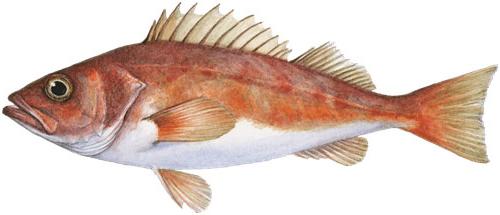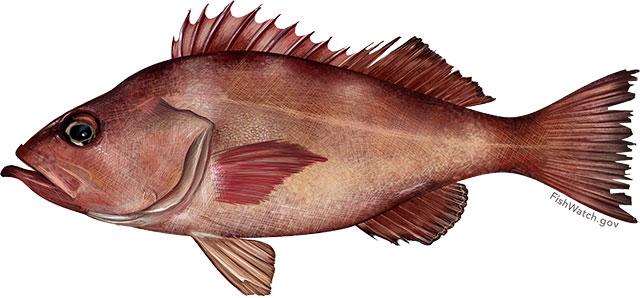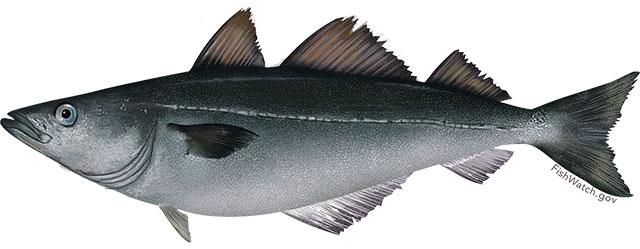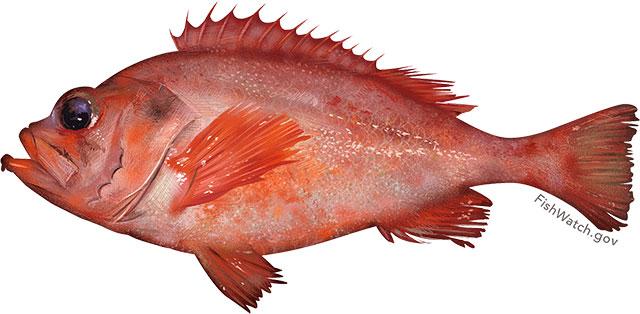11 sustainably caught fish that taste great
Your food choices can help support fishing communities around the world — and protect the environment too.
For recommendations on selecting sustainable seafood in the United States, we recommend the Monterey Bay Aquarium Seafood Watch.
West Coast: chilipepper rockfish

What makes it a great choice? A rockfish management program that began in 2011 has helped West Coast fishers stay within catch limits, avoid overfished species and stay out of sensitive areas.
Kitchen notes: Medium-firm flesh suitable for many types of preparations. This fish is sometimes called the Pacific red snapper, though it technically is not a snapper.
West Coast: yellowtail rockfish

What makes it a great choice? The same program that helped the chilipepper rockfish has helped this related species.
Kitchen notes: The yellowtail rockfish has medium-firm flesh and a mild taste, making it suitable for many dishes.
West Coast: longnose skate

What makes it a great choice? A management program has helped West Coast fishers who harvest longnose skate stay within catch limits, avoid overfished species and stay out of sensitive areas.
Kitchen notes: Skate has a mild flavor and tender texture, and is often compared to scallops.
West Coast: lingcod

What makes it a great choice? Despite the name, these fish aren't actually cod. Found only on the West Coast, these bottom-dwellers are thriving, with a population above target levels, thanks to smart management.
Kitchen notes: Mildly flavored and tender in texture. When cooked, it flakes in large chunks.
Alaska: snow crab

What makes it a great choice? After a sustainable fishing method was launched in 2005, the once-depleted snow crab has rebounded in numbers and is now safe to eat.
Kitchen notes: This crab has a sweet flavor and a delicate texture.
Gulf of Alaska: Pacific ocean perch

What makes it a great choice? After foreign fishing in U.S. waters was phased out in 1976 — and sustainable fishing practices were put in place — the once-depleted Pacific ocean perch has recovered from overfishing.
Kitchen notes: Lean and firm flesh, with a delicate nutty flavor.
Gulf Coast: red snapper

What makes it a great choice? With EDF’s help, Gulf of Mexico red snapper has been sustainably managed since 2007. Populations have increased significantly. Fishers in this area also have reduced discards (unwanted fish caught accidentally) by 50 percent.
Kitchen notes: A highly versatile, firm-fleshed fish, red snapper has a mild nutty flavor.
East Coast: Atlantic pollock

What makes it a great choice? In New England, the pollock fishery is now managed sustainably, and the population is healthy. This species is different from Alaskan pollock — but both are sustainable choices.
Kitchen notes: This delicate fish is moderately firm when cooked, with a robust flavor.
East Coast: monkfish

What makes it a great choice? Historically overfished, a monkfish rebuilding plan launched in 2000. By 2008, this fish had recovered, and managers now focus on keeping its population healthy and sustainable.
Kitchen notes: Often called the “poor man’s lobster,” monkfish are firm and mildly flavored.
East Coast: Acadian redfish

What makes it a great choice? A slow-growing, slow-reproducing fish, Acadian redfish hit an all-time low in the mid-1980s. Now closely managed, it has bounced back. This fish is also known as ocean perch, and shouldn’t be confused with Gulf redfish, which are a type of drum.
Kitchen notes: This versatile fish is lean, flaky and moist.
East Coast: silver hake

What makes it a great choice? Also known as Atlantic whiting, this fish has been historically ignored in favor of cod, a close relative. It’s a great alternative because its population is stable.
Kitchen notes: This delicate, mildly flavored fish is softer and moister than cod.










